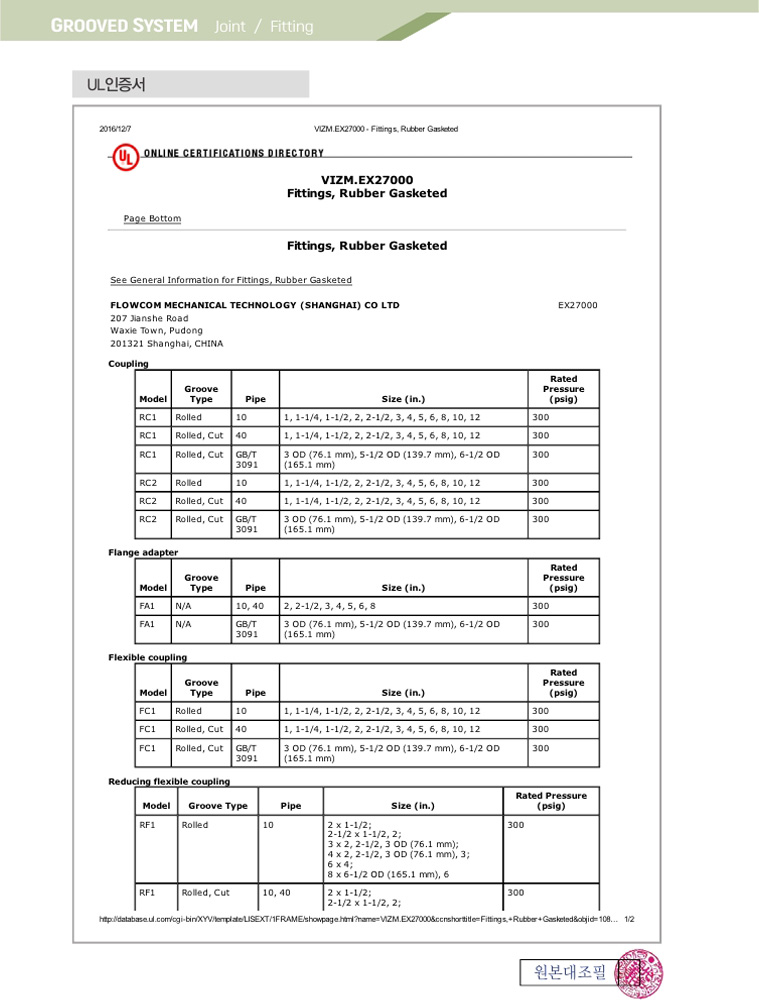

Summary Enable TLS 1.1 and TLS 1.2īy default, TLS 1.1 and 1.2 are enabled when the Windows Embedded Compact 2013 device is configured as a client by using browser settings.
#Test tls 1.2 update
This update adds the required support for code signing Cryptographic binaries by using SHA256 hash values and updated Windows CE Cryptographic Service Provider signature thumbprint. This article describes an update to add support for Transport Layer Security (TLS) 1.1 and TLS 1.2 in Windows Embedded Compact 2013.


To prevent configuration errors like this, Microsoft recommends running the Exchange health checker on your on-premises Exchange servers on a regular basis, e.g.Windows Embedded Compact 2013 More. Later, you can disable TLS 1.0 and 1.1 since they are not secure anymore. Those articles also contain detailed information on how you can enable TLS 1.2, which in short is only adding some registry keys and doing a reboot:Įxchange Server TLS guidance, part 1: Getting Ready for TLS 1.2Įxchange Server TLS guidance Part 2: Enabling TLS 1.2 and Identifying Clients Not Using ItĮxchange Server TLS guidance Part 3: Turning Off TLS 1.0/1.1Īs these articles above explain, you can enable TLS 1.2 in addition to your current usage of older TLS versions and solve your Free/Busy issue. Microsoft has announced the deprecation of TLS 1.0 and TLS 1.1 already in 2018. That we are enabling TLS 1.2 more and more in Exchange online starting October 2020 and now it affects more and more Exchange customers who so far have not enabled support for TLS 1.2 on-premises. Microsoft hast announced in Messager Center Post MC240160 and here:ĭisabling TLS 1.0 and 1.1 for Microsoft 365 You now have proof that the TLS settings on-premises are outdated and your on-prem server not using TLS 1.2 prevents your server from connecting to the Exchange online servers. Invoke-WebRequest : The remote server returned an error: (401) Unauthorized. You can verify that your on-prem TLS settings are outdated, by forcing TLS 1.2 for the above test connection trying this Powershell call: This raises some suspicion, if the TLS settings on-premises are ok when the on-prem servers try to reach the servers in Exchange online. This error is unexpected, whereas this 401 would have been expected: The underlying connection was closed: An unexpected error occurred on a send. On a non-working on-prem server, I get the result: Since Autodiscover fails, let’s test it from the on-prem server and see if it can reach the server in Exchange online via Powershell: The underlying connection was closed: An unexpected error occurred on a send The interesting parts of the event above are the following pieces of information:ĪutoDiscoverFailedException: Autodiscover failed > : An existing connection was forcibly closed by the remote host > System.IO.IOException: Unable to read data from the transport connection: An existing connection was forcibly closed by the remote host. Exception returned is .Availability.AutoDiscoverFailedException: Autodiscover failed for email address with error : The underlying connection was closed: An unexpected error occurred on a send. Process .Delayed`1: failed in application Mailtips. In addition, your on-premises Exchange servers might start logging events like this: This spring, your on-premises users might not be able to do free/busy requests in calendaring from on-premises mailboxes towards Exchange online mailboxes. This article is intended to help customers and motivate them to check their on-premises TLS settings.


 0 kommentar(er)
0 kommentar(er)
